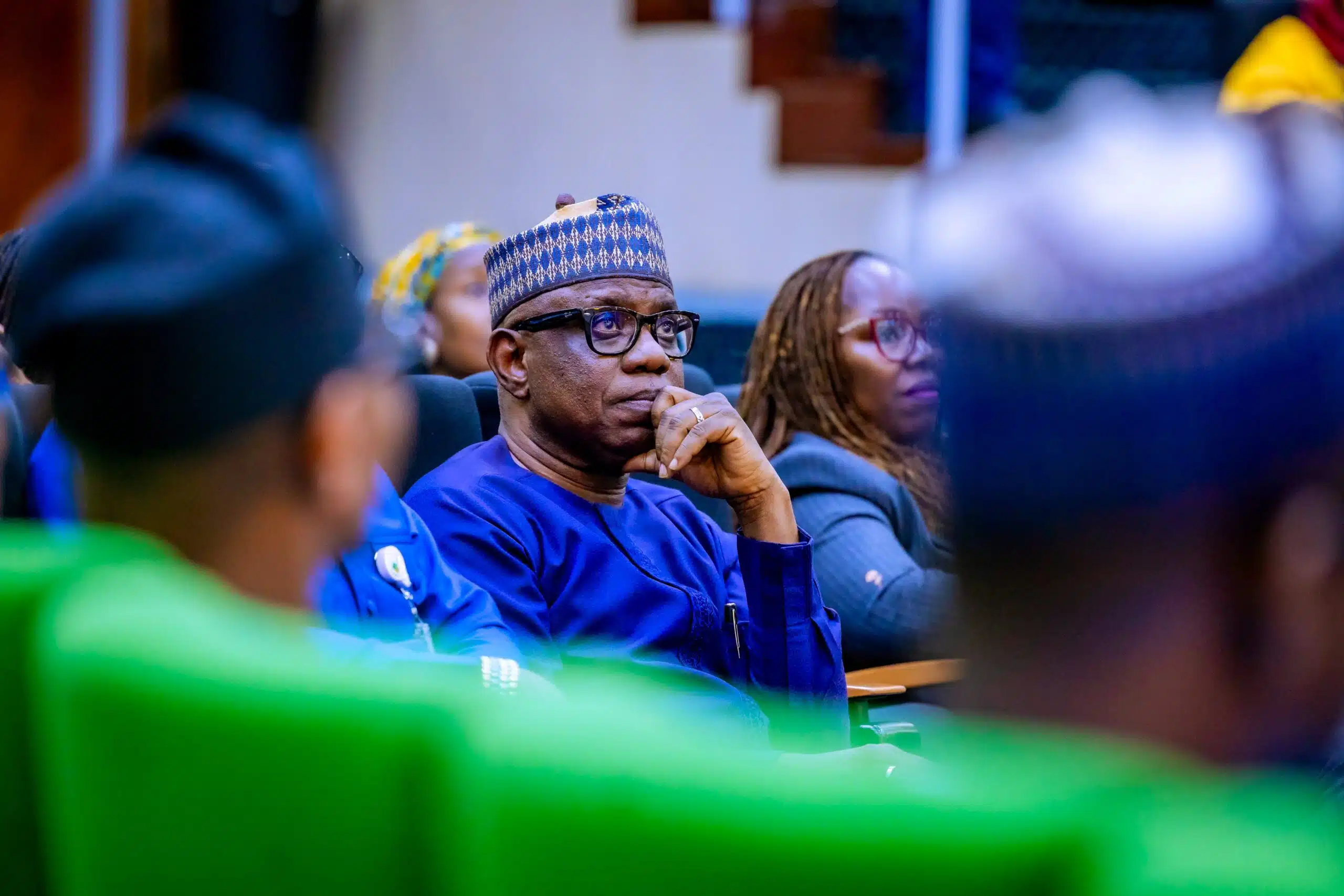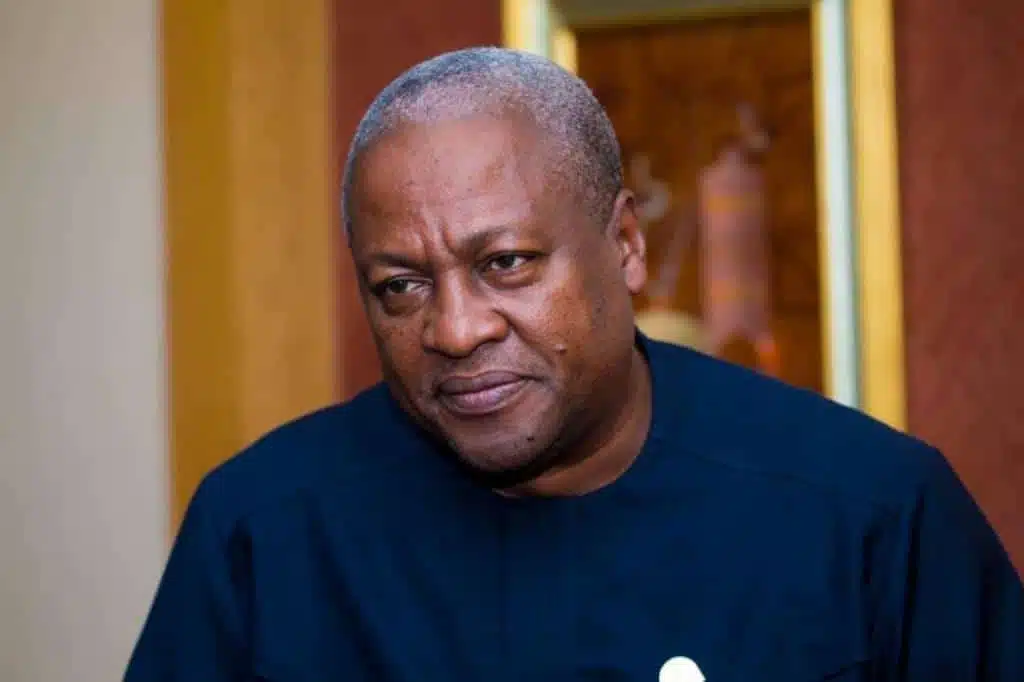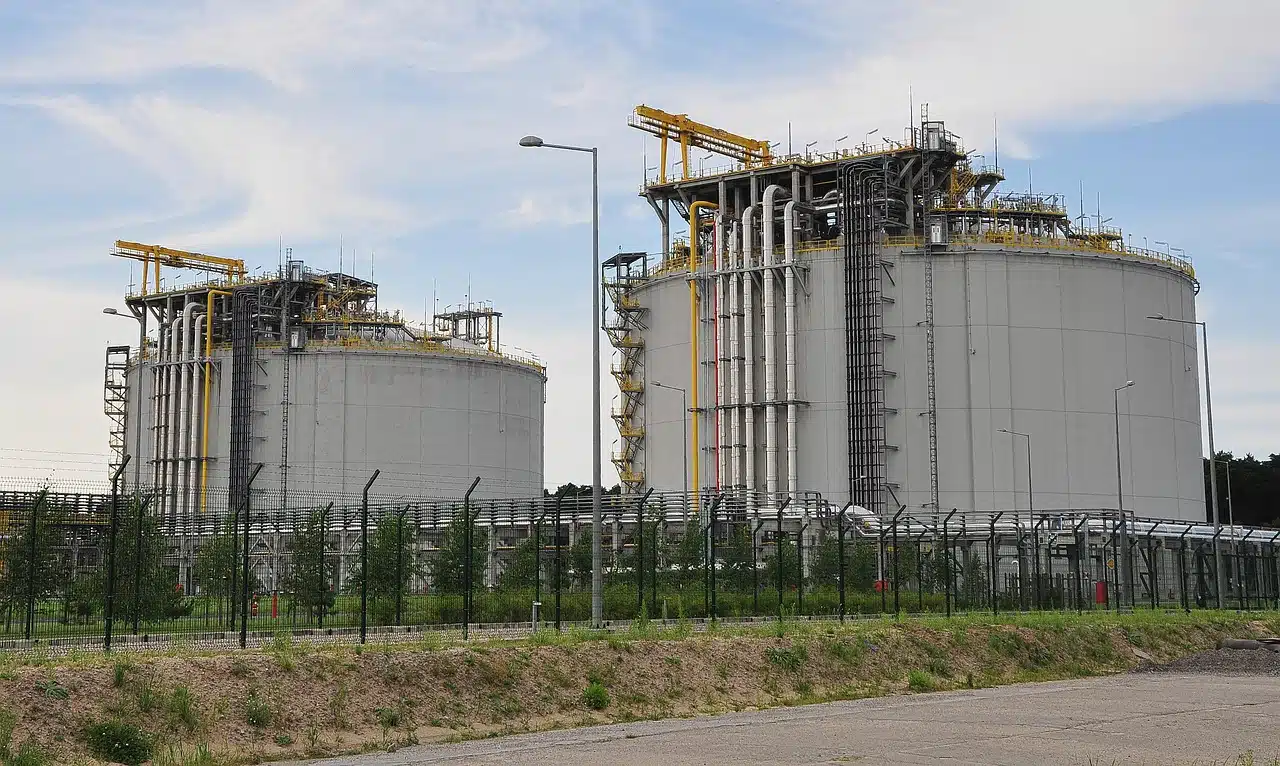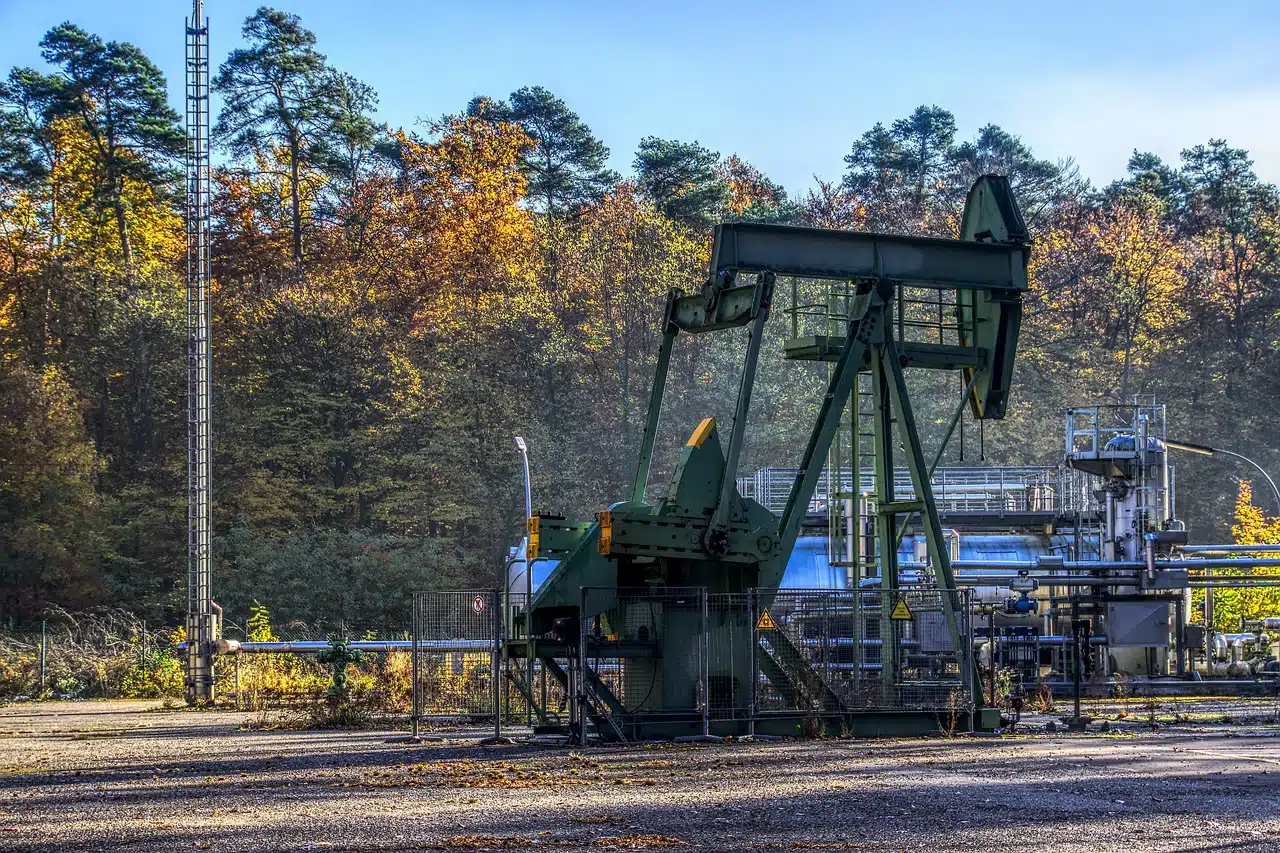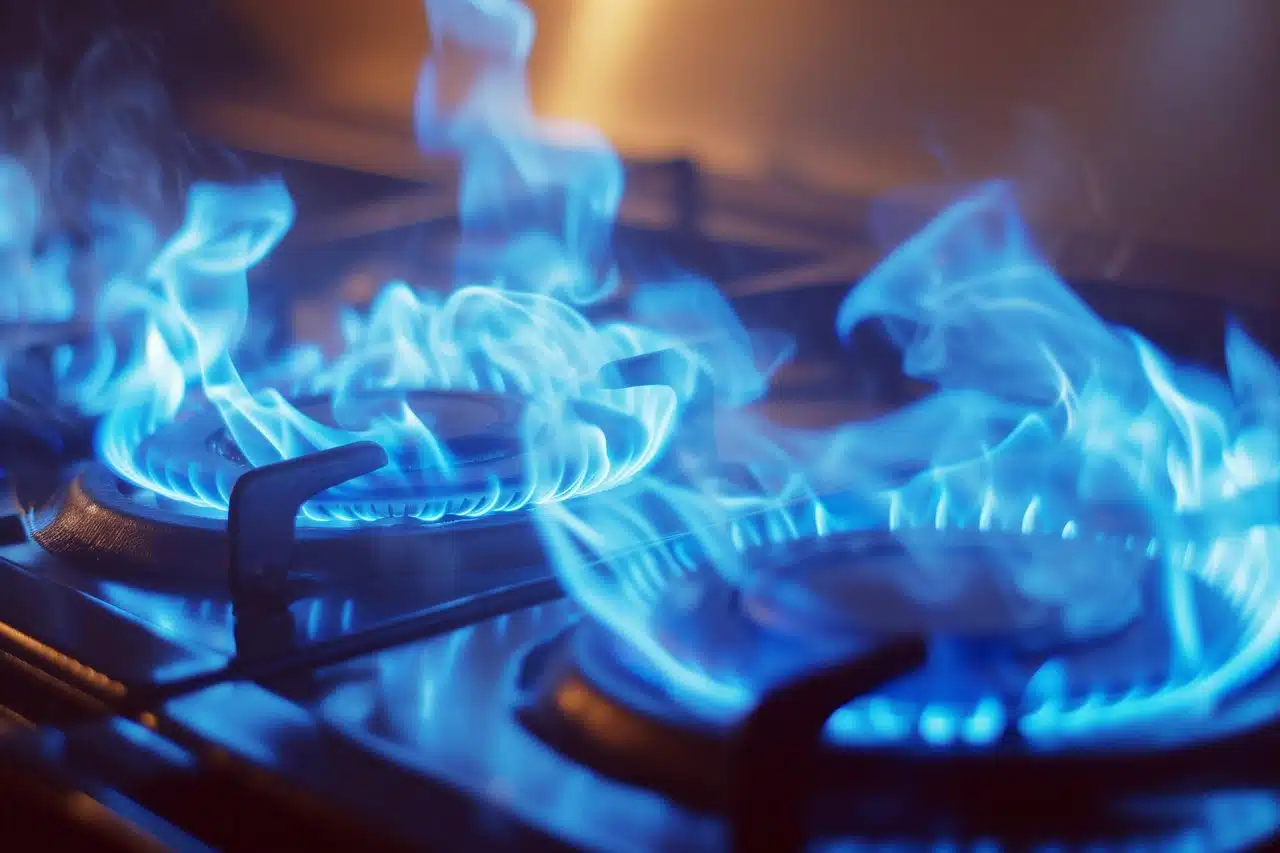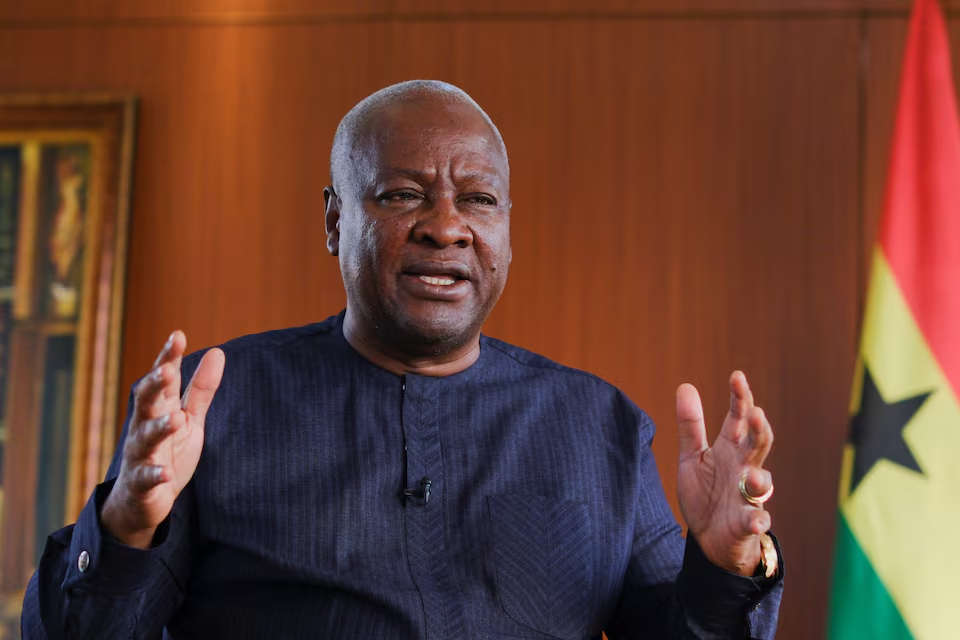Africa’s leading oil producer, Nigeria, is planning to push for an increase in its OPEC+ crude production quota to 2 million barrels per day (bpd) from 2027, as the country steps up domestic production and refining capacity.
The move, which comes amid ongoing talks within the oil producers’ alliance, was disclosed by the Chief Executive of Nigerian National Petroleum Company (NNPC), Bashir Ojulari.
Ojulari mentioned that Nigeria’s current quota of 1.5 million bpd, set to remain until the end of 2026, does not reflect its new production capacity and local demand driven by major refinery projects.
“What I want to have by 2027 is 2 million bpd; that is what we will be asking,” Ojulari said.
“What the outcome of that conversation will be will depend on how successful we are in our discussions and interactions. But that is what we are gunning for.”
Capacity targets and domestic projects
According to Ojulari, NNPC is targeting an oil production capacity of around 2.4 million bpd and actual production of 2 million bdp by 2027.
Of this total, about 1.7 million bpd will be crude oil, while condensate will account for the remaining 300,000 bpd.
Looking further ahead, NNPC aims to boost total production to 3 million bpd within three years, comprising crude output of 2.5 million bpd and condensate production of 500,000 bpd, with total capacity projected at 3.5 million bpd.
Ojulari explained that these plans align with Nigeria’s efforts to increase local refining capacity and reduce dependency on imported petroleum products.
NNPC’s projections are supported by recent investments in the refining sector.
The country recently commissioned the 600,000 bpd Dangote Refinery, which is expected to transform local supply.
In addition, Nigeria has about 500,000 bpd of modular refining capacity at different stages of development.
“So you can imagine, over the next two years, we will be talking of additional refining capacity of around 1 million bpd of just Nigerian local consumption,” Ojulari added.
Push for higher OPEC+ baseline
The push for a higher OPEC+ quota comes as the alliance begins a process to update each member country’s maximum sustainable production capacity.
This will serve as the basis for new production baselines, which are expected to be agreed by 2027.
The OPEC Secretariat was instructed in late May to draft a framework for the new quotas and present it to ministers at the next full OPEC+ ministerial conference scheduled for 30 November.
In recent years, Nigeria has requested upward revisions to its OPEC+ production baseline, which determines the country’s quota.
However, these requests have not been granted, mainly because Nigeria consistently failed to meet even its existing targets due to operational and infrastructure challenges.
By Ojulari’s account, many of these issues have now been addressed, giving Nigeria grounds to renew its request.
“We believe that with the increased demand being created in country, we are now in a better position to also seek from OPEC to increase our production quota,” Ojulari stated.
Beyond this, he noted that local projects, alongside improved security measures in oil producing regions, could further stabilize and increase production.
Current Nigerian crude production stands at around 1.4 million bpd, slightly below the official quota, according to Ojulari.
At present, the country’s official OPEC+ crude quota of 1.5 million bpd is due to remain until the end of 2026, barring any policy changes.

